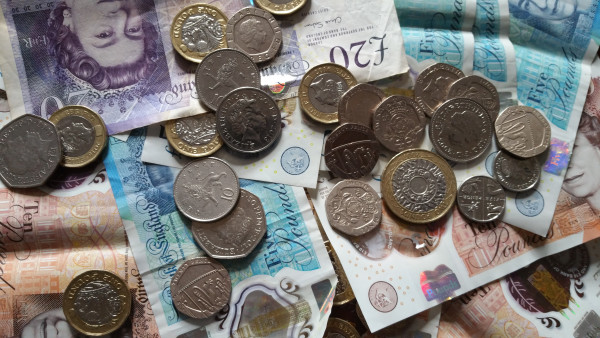

Unsurprisingly, there were no announcements of the demise of tax relief on pensions contributions for higher rate taxpayers. However, it had also been widely predicted the lifetime allowance would be frozen at £1,073,100 for an additional two tax years to 2027-28.
And although this seemed much more probable, it too did not happen, despite other tax thresholds being put in the deep freeze until 2027-28.
It is tempting – but purely conjecture – to think the Treasury backed down because of the pressure it would place on public sector pension schemes, including the NHS schemes.
It is worth remembering, though, the current freeze will have a big effect, especially given the high rates of inflation we will be seeing well into next year.
If the past three inflation rate increases had been applied, as well as the inflation rates forecast for the next two years, then the LTA should be £1,322,700 in 2025-26 – almost a quarter of a million pounds higher than its frozen level of £1,073,100.
Those with pension savings above the current level could have received an extra £62,400 in tax-free cash instead of that amount being sent to HMRC in the form of the LTA charge.
The rumour mill, however, was right on the inflationary increase to the state pension. Next year the full flat-rate state pension will increase by 10.1 per cent to £203.85 a week (£10,600 a year), breaching the £10,000 a year mark for the first time.
The basic state pension, paid to those who reached state pension age before April 6 2016, will increase to £156.20 a week (£8,122.40 a year).
This increase leaves those receiving the full state pension sailing dangerously close to the frozen personal tax allowance. Those receiving a private pension on top may find more of that income tipping into taxation.
HMRC figures show there are now 7.3mn people over state pension age paying income tax, and this will only increase in the next few years.
The minimum income guarantee element of the pensions credit will also increase by inflation, rather than by earnings. This is good news, I think, as those claiming this benefit are some of our poorest pensioners.
The other state-pension-related nugget was that the government’s review of the state pension age will be published in early 2023.
It could possibly recommend an earlier implementation in the rise to age 68 – currently set to increase in 2028 – and even contemplate a rise to age 69 or 70.
If so, this will be a contentious message to impart, especially to younger generations watching their grandparents who retired in their early 60s. Expect a bumpy ride for the Department for Work and Pensions.
Other changes for pensions arising from the Autumn Statement came about more by proxy.
The savage cuts in both the dividend allowance (to £1,000 in 2023-24, and then £500 in 2025-26) and the capital gains tax allowance (to £6,000 in 2023-24, and then £3,000 in 2024-25) will leave investors and company owners with a hefty tax bill on their hands.
The Treasury predicts raising an additional £1.38bn in 2027-28 from the combination of these two measures.
This tax raid highlights the attractiveness of tax-efficient wrappers such as Isas and pensions, as they can shield dividends or gains from tax. Advisers will want to work with their clients affected by these changes to consider moving assets to these safe havens over the next few months before the allowances are cut, focusing on the higher-yield assets first.
The freezing of tax thresholds will also have a knock-on effect onto pensions. More people are predicted to pay higher rates of tax, both from freezing the higher tax rate threshold, but also by lowering the additional tax rate threshold to £125,140.
Some people may want to pay pension contributions to avoid being pushed into a higher tax bracket.
Finally, it is worth pointing out that those who do end up paying tax at a higher rate will see their personal savings allowance cut to £500 or completely to zero. This, again, will increase the attractiveness of pensions and Isas as an alternative tax-efficient way of saving for later life.
So, although it was a quiet Autumn Statement for pension headlines, the repercussions of the tax grabs and its effect on pensions will be keenly felt over the next few years.
Rachel Vahey is head of policy development at AJ Bell
Note: For tax years 2021-22, 2022-23 and 2023-24 the actual inflation rate for previous September have been used. For tax years 2024-25 and 2025-26 the Office of Budget Responsibility November 2022 forecast for the previous tax year have been used. Figures rounded to the nearest £100.



.png)

